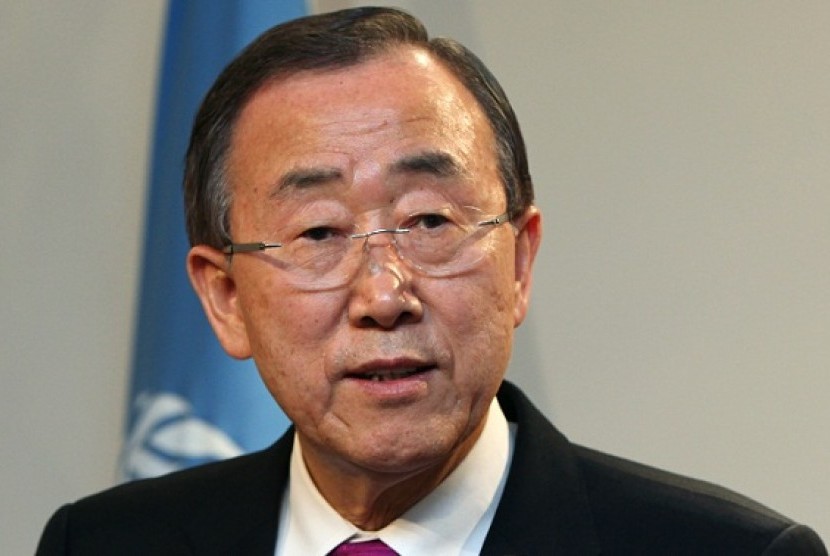REPUBLIKA.CO.ID, NEW YORK -- Chemical weapons have been used at least five times during the Syrian conflict and in some cases children and civilians have been slaughtered, according to a UN report released Thursday.
The report cites "credible evidence" and "evidence consistent with the probable use of chemical weapons" in the Syrian districts of Ghouta, Khan Al Asal, Jobar, Saraqueb and Ashrafieh Sahnaya.
The UN inspectors said they could not corroborate their use in two more of the seven sites studied: Bahhariyeh and Sheik Maqsood.
"The United Nations Mission concludes that chemical weapons have been used in the ongoing conflict between the parties in the Syrian Arab Republic," said the report, prepared by a team led by Swedish expert Aake Sellstrom.
However, the report does not attribute blame for the attacks, as this was beyond the mandate given the team by the UN Security Council.
Syria's President Bashar al-Assad has admitted his forces hold chemical weapons, and has vowed to surrender them to international experts, but insists his forces did not target civilians.
Western and Arab governments, human rights groups and Syrian rebels accuse the regime of carrying out the attacks. Assad and his allies in Moscow and Tehran blame the rebels.
Sellstrom, who led an investigative mission to Syria, had already provided a preliminary report to UN secretary general Ban Ki-moon on September 16.
That report concluded that banned chemical weapons had been used on a wide scale.
The final report said the mission "collected clear and convincing evidence that chemical weapons were used also against civilians, including children, on a relatively large scale" in the Ghouta area of Damascus on August 23, 2013.
The inspectors collected "credible information" corroborating allegations that chemical weapons were used in Khan Al Asal on March 19 against soldiers and civilians.
In Jobar, near Damascus, the inspectors "collected evidence consistent with the probable use of chemical weapons" there on "a relatively small scale against soldiers" on August 24.
But the report said it could not "establish the link between the victims, the alleged event and the alleged site" due to the "absence of primary information on the delivery system(s) and environmental samples collected and analysed under the chain of custody."
In Saraqueb, the mission collected evidence "that suggests chemical weapons were used" on a small scale there -- "also against civilians" -- on April 29 of this year.
In Ashrafiah Sahnaya, the inspectors collected evidence that "suggests" chemical weapons were used there on "on a small scale against soldiers" on August 25.
Here again, however, it was not able to establish the link between the alleged event, the alleged site and the survivors due to absence of primary information, according to the report.
In Bahhariyeh and Sheik Maqsood where the use of chemical weapons is alleged to have occurred on August 22 and April 13 respectively, the UN could not corroborate the claims.
In Bahhariyeh this was due to the absence of positive blood samples.
The report, presented to Ban by Sellstrom on Thursday, has been distributed to Security Council members. The panel was expected to take it up on Monday.
"The United Nations Mission remains deeply concerned that chemical weapons were used in the ongoing conflict between the parties in the Syrian Arabic Republic, which has added yet another dimension to the continued suffering of the Syrian people," the report said.
Under an international agreement brokered to avoid US military strikes on the Damascus regime, Syria's most dangerous chemical weapons have to be out of the country by a December 31 deadline.


